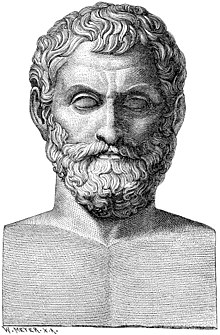This is another post inspired by John Vervaeke’s lectures on the Meaning Crisis. Halfway through the 50 lecture series he switches from focusing on how humans have made and found meaning throughout history to looking at how cognitive science can help us address the loss of meaning we face in a post-religious world.
Vervaeke introduces the section on cognitive science by framing it as a broad discipline that encompasses several levels of thinking about thinking:
| Cognition level | Academic discipline |
| Culture | Anthropology |
| Language | Linguistics |
| Behavior | Psychology |
| Information Processing | Artificial Intelligence – AGI |
| The Brain | Neuroscience |
He then argues that the best way to advance our understanding of cognition it to, rather than approach each academic discipline as a discrete field that sometimes gleans from other cognitive fields, take a more integrated, more philosophical, approach.
For example a linguist might ask herself “what can I see in psychology through the lens of linguistics?”
This description barely touches the surface of his thoughts. The first 15 or 20 minutes of this video are well worth watching and don’t necessarily require the full context of the first 25 lectures:








